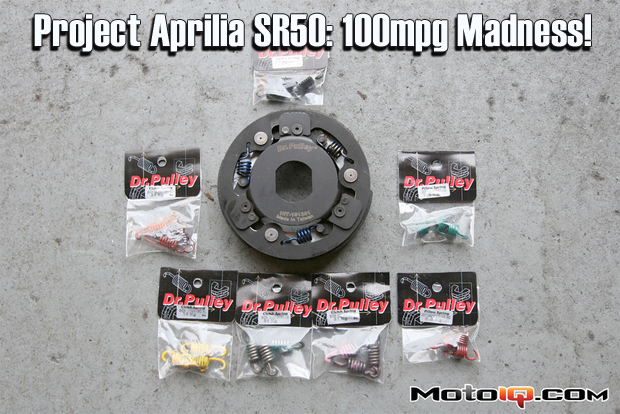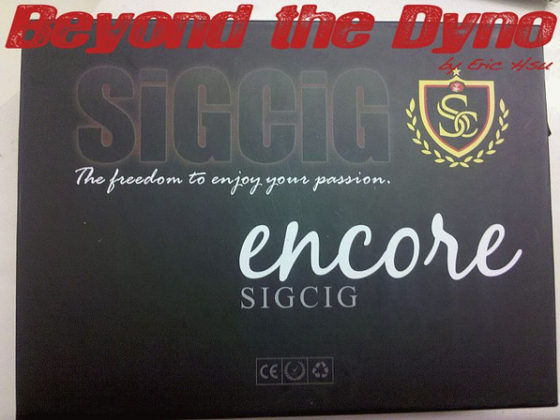,
This made a big difference launching our SR50 hard out of the hole and moving down the street while still maintaining good drivability. We were getting pretty close in our transmission tuning but we still felt that the combination had issues; the transmission shifted up slightly too aggressively and didn’t respond well to hills. Our engine once launched was held at slightly too low of an rpm right when the engine was starting to come into its powerband, but still at slightly too low of an rpm for optimal acceleration. We needed to make the variator more sensitive to load and to make the upshifting curve better match the higher rpm biased characteristics of our modified engine.
 |
| If this pic looks like the one from Project Ruckus you are right, the Ruckus and the SR50 take the same parts just with different tuning. We ended up using the white contrast spring which is supposed to be the softest but it didn’t make more than a slight difference. On the Ruckus it seemed to make a bigger difference but the spring is installed with more preload. |
To help with this issue we changed contrast springs. The contrast spring controls the tension on the drive belt. The stiffer the spring the slower the transmission will upshift and the less the belt can slip. The transmission also becomes more sensitive to load and will downshift on hills better. When an engine is modified for more top end power, adding a stiffer spring helps. We used a Malossi white contrast spring. The white spring is the softest of three available springs, yellow is in the middle and then the stiffest is red. We also used a Malossi torsion controller bearing as well. The torsion controller bearing allows the contrast spring to compress and rotate freely without bind. This allows the variator to upshift and downshift more smoothly with greater consistency. We got these Malossi parts from Hi Gain Tuning. This got us most of our acceleration back that was lost to the gear change.
 |
| To get rid of our check engine light issue, we switched back to a stock ECU with this Malossi piggyback ecu. The stock ECU has a bario sensor so we found that this combination seems to run a little more consistently–great for the cold blooded SR which seems to hate cold weather. |
Finally it was time to correct the check engine light issue. Since the Malossi ECU is designed to work with the European spec of the SR20, when used on a US spec model, the check engine light comes on. We decided to get around this by returning to the stock computer with Malossi’s piggyback ECU for a late model Piaggio engine SR50. The Piaggio engine replaced the Morini engine that we have in 2009. The Malossi piggyback for kitted Piaggio’s happens to work real well. Hi Gain Tuning is working on a set up that runs both the Malossi ECU and the stock ECU to avoid check engine lights but that is not quite available yet.
We are pretty pleased with our progress so far. We now have high speed cruising and decent acceleration, making this ultra mileage small scooter a useful commuter tool and fun to ride to boot, all while maintaining a 116 mpg average!
Sources



